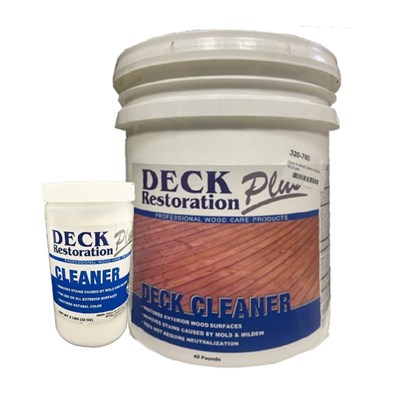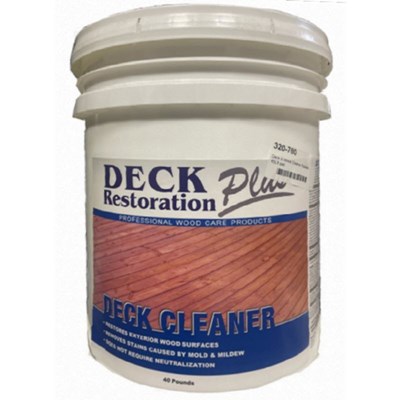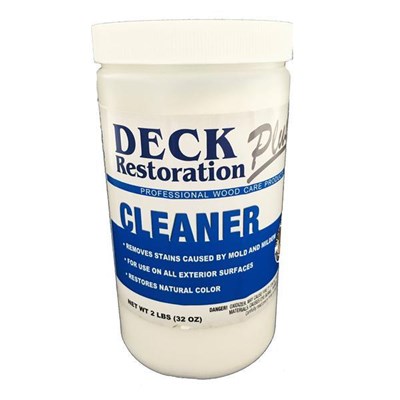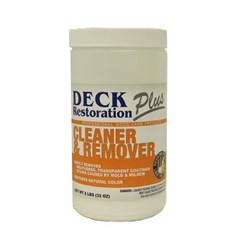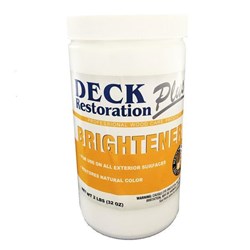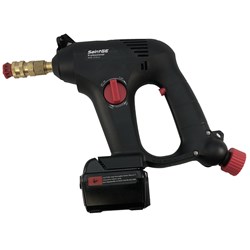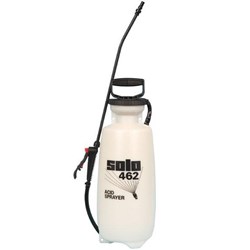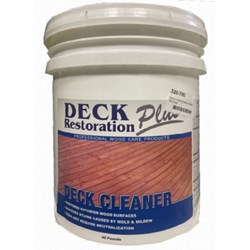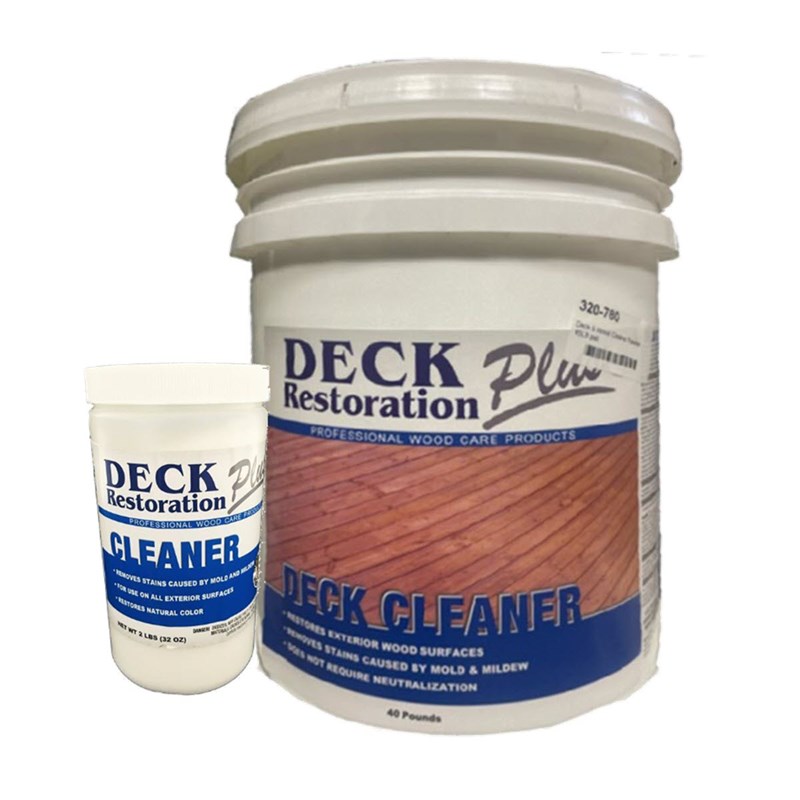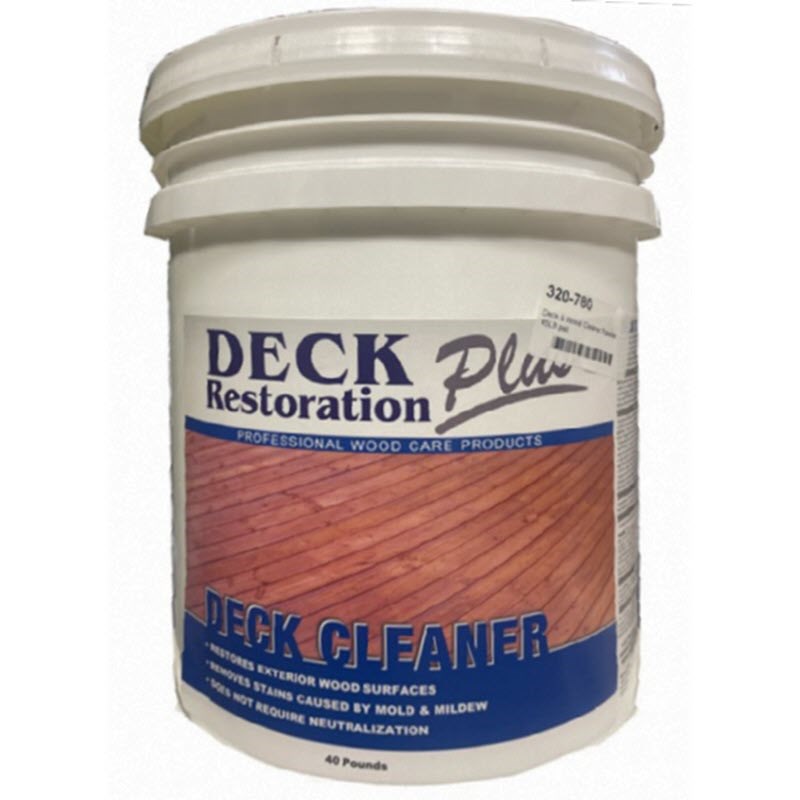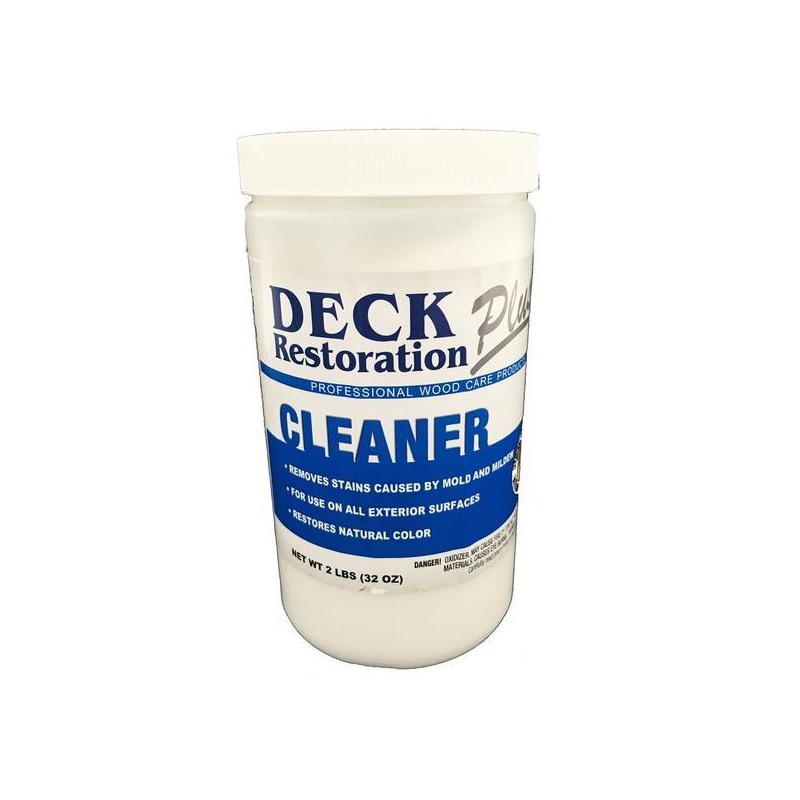Deck & Wood Cleaner DRP
Quick Overview
- This cleaner is used to Clean and prepare your Deck or other wood surfaces for Painting, Brightening or Staining
- This is a powder that is mixed into a solution to remove mold, mildew and lichens while restoring the natural color to your wood surface.
- Easy to use and apply the mixed solution with a roller, brush, pump up sprayer or 12v powered sprayer.
- Wood ages and cleans up differently for many sites, always test on an inconspicuous area and allow to dry to understand the results
- Does not require neutralization after cleaning the surface
Show More
$25.00 - $315.70
Size Selection
DRP - Cleaner
Deck Restoration Plus Cleaner is designed to clean and prep new or grayed wood, removing mold and mildew to help restore the wood back to its natural color.
- Unique, professional formula
- Safe and effective on all exterior wood decks, siding, lattice, fencing, and all other natural wood structures.
- Safe for us on composite decking.
- Environmentally friendly
- 100% biodegradable
- Does not contain any chlorine compounds or sodium hypochlorite bleach
Learn more about Deck and Wood Restoration here...
Step 1: Cleaner- This Wood Cleaner is designed to clean and prep new or grayed wood just like the professionals. Mixed solution will remove mold and mildew to help restore your wood surfaces back to its natural color.
After Cleaning move on to :
Step 2: Brightener- This is applied to the wet wood surfaces after cleaning to brighten the wood for staining or sealing.
The Cleaner is a Sodium Percarbonate based Powder that makes 1 gallons of product per 8oz (1 cup) of powder.
This 40lb size in a 5 gallon pail will produce approximately 80 gallons of solution for coverage of 10,000 to 16,000 square feet of surface area.
Mix Rate: Use a cup (8oz) of the powder per gallon of water to create the cleaning solution.
Coverage: 150-200 Square Feet Per Gallon
Can be applied with roller, deck brush, pump up or 12v battery sprayer.
Usage:
- Blend 1 cup (8oz) into each gallon of water in your bucket.
- Apply Solution Liberally to the surface using a plastic pump up garden sprayer or brush.
- Allow Solution to Dwell for 8 to 10 minutes, keep the are moist, do not allow the cleaner to dry on the surface.
- Agitate with a stiff brush in the direction of the wood grain.
- Rinse with a garden hose nozzle.
- Allow surface to dry before applying a stain or sealer
Note: Brightener can be used while the surface is wet
Test Area
Since there is a wide variation in the quality and variety of wood surfaces, test on an inconspicuous are and allow to dry before general use.
CAUTION:
- Use this cleaner only on bare, exterior wood surfaces.
- Do not mix or use with other cleaners or chemicals.
- Do not use with metal containers of applicators.
- Avoid contact with metal surfaces such as lawn furniture, garden lights, electrical outlets, etc
Picture of a cleaned deck:

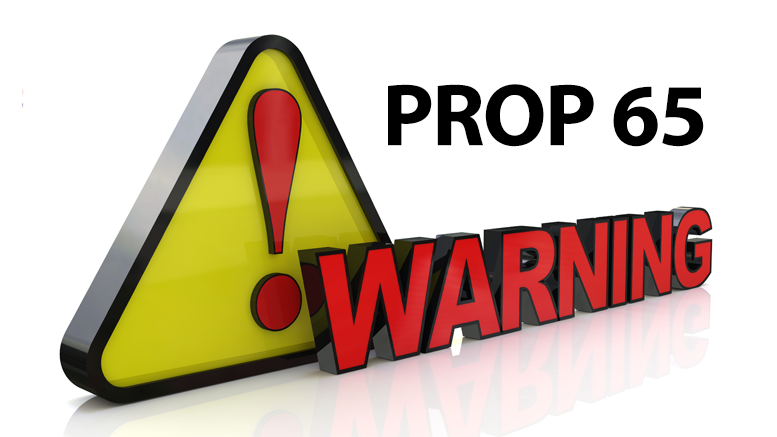
Proposition 65 requires businesses to provide warnings to Californians about significant exposures to chemicals that cause cancer, birth defects or other reproductive harm. These chemicals can be in the products that Californians purchase, in their homes or workplaces, or that are released into the environment. By requiring that this information be provided, Proposition 65 enables Californians to make informed decisions about their exposures to these chemicals. Proposition 65 also prohibits California businesses from knowingly discharging significant amounts of listed chemicals into sources of drinking water. Proposition 65 requires California to publish a list of chemicals known to cause cancer, birth defects or other reproductive harm. This list, which must be updated at least once a year, has grown to include approximately 900 chemicals since it was first published in 1987. Proposition 65 became law in November 1986, when California voters approved it by a 63-37 percent margin. The official name of Proposition 65 is the Safe Drinking Water and Toxic Enforcement Act of 1986.
The list of chemicals contains a wide range of naturally occurring and synthetic chemicals that include additives or ingredients in pesticides, common household products, food, drugs, dyes, or solvents. Listed chemicals may also be used in manufacturing and construction, or they may be byproducts of chemical processes, such as motor vehicle exhaust. For more information visit www.p65warnings.ca.gov/


